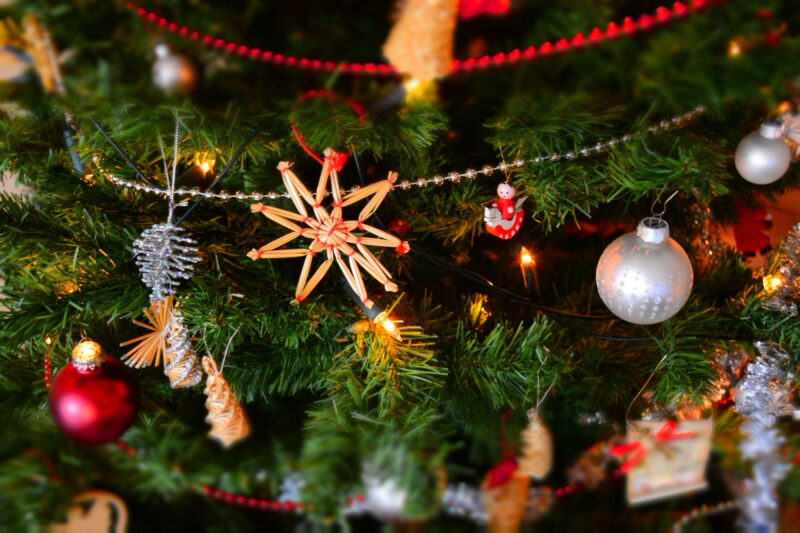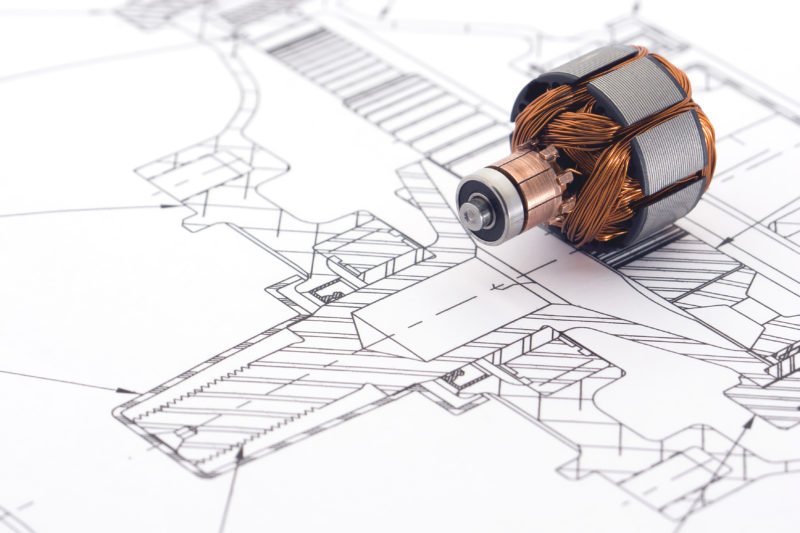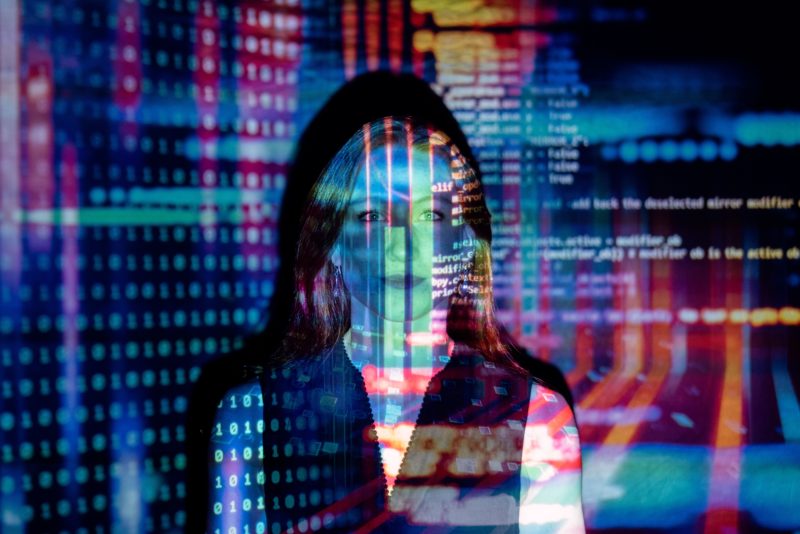Mariah Carey wrote and recorded one of the world’s most well known Christmas songs, ALL I WANT FOR CHRISTMAS IS YOU. Originally released in 1994, it has become a staple of holiday music playlists; the song has reported earned over $60 million in royalties. In view of this, Mariah Carey could arguably call herself the QUEEN OF CHRISTMAS, right?
Continue readingIs Mariah Carey the QUEEN OF CHRISTMAS®? Not according to the US Trademark Office!





